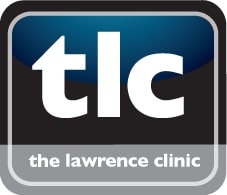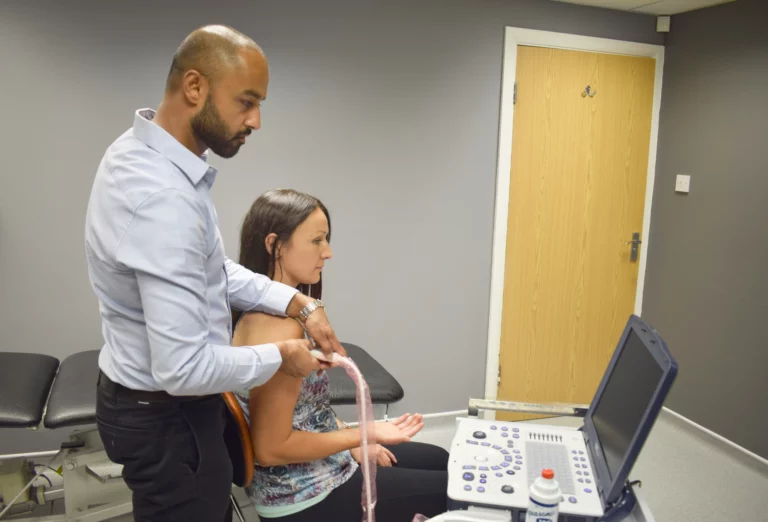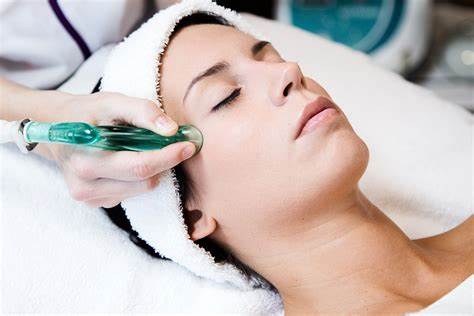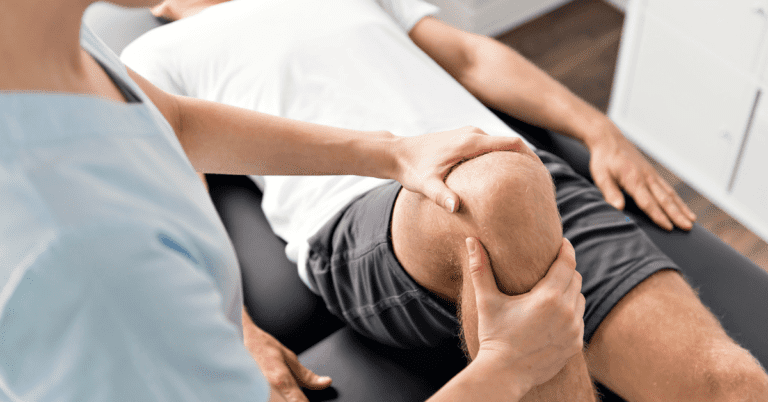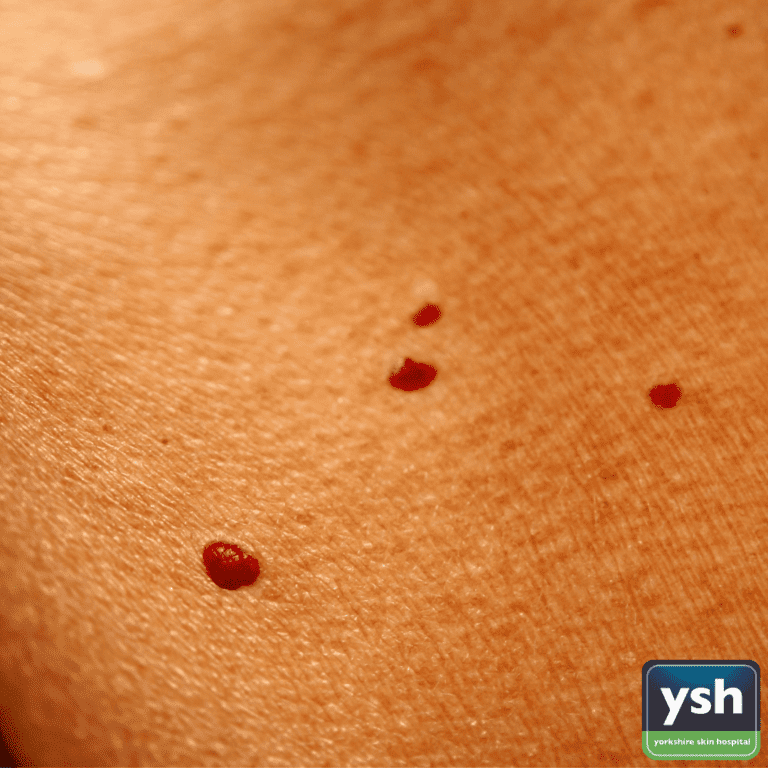Blepharoplasty, often known as eyelid surgery, is a cosmetic technique designed to improve the appearance of the eyelids by removing extra skin, muscle, or fat. This surgical procedure can be performed on the upper, lower, or both eyelids, depending on the patient’s individual needs and desired results.


One of the most common reasons people choose blepharoplasty is to address ageing symptoms around their eyes. As we get older, the skin around our eyes can loosen and sag, giving us a fatigued or aged appearance. In rare circumstances, extra skin might block vision. Blepharoplasty can revitalise the eyes by tightening the skin and eliminating puffiness, giving them a more youthful and refreshed appearance.
Blepharoplasty can have both cosmetic and functional benefits. Individuals with droopy eyelids (ptosis) or extra skin that affects vision can benefit from eyelid surgery, which improves their field of vision and overall eye health.
Blepharoplasty often entails making incisions along the natural creases of the eyelids to reduce scarring. The surgeon then eliminates or redistributes extra skin, muscle, and fat to create a more balanced and harmonious appearance. The incisions are meticulously closed, and the patient is given post-operative instructions to ensure a smooth recovery.
Blepharoplasty recovery varies from patient to patient, but it typically includes swelling, bruising, and discomfort in the first few days after surgery. Patients should relax, avoid strenuous activity, and follow their surgeon’s instructions for the best healing. Most people can resume their normal routines within a week or two, with the final results becoming clear when the swelling reduces.
Overall, blepharoplasty is a safe and effective operation that improves the visual look and functionality of the eyelids. Individuals considering eyelid surgery should choose a trained and experienced surgeon who can get natural-looking results while also benefiting from a more youthful and revitalised eye area.
Upper eyelid surgery is routinely performed at The Yorkshire Skin Hospital under local anaesthesia. This outpatient surgery can take up to 90 minutes, and after a brief recuperation, you will be discharged home with follow-up visits scheduled.


The Yorkshire Skin Hospital is based within The Lawrence Clinic. For more information or to book a consultation, visit The Yorkshire Skin Hospital here.
